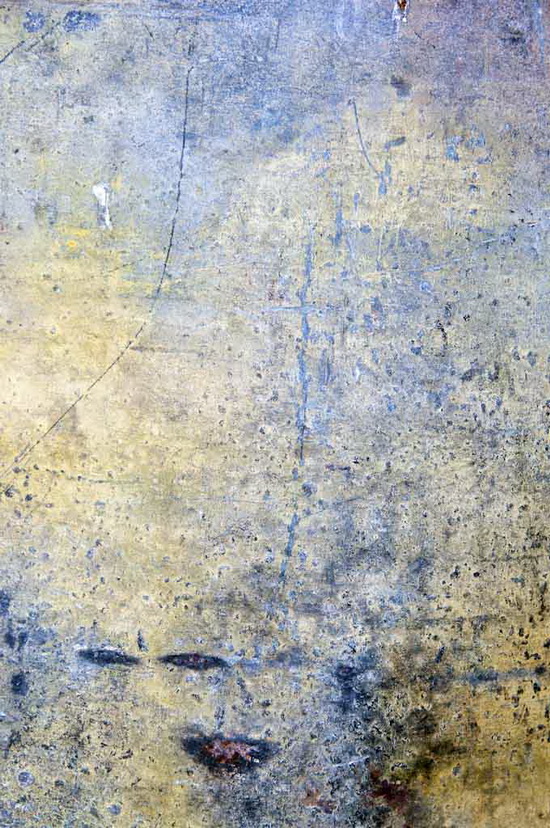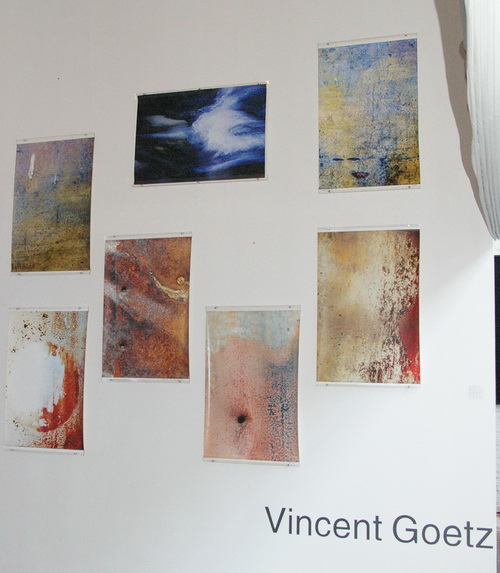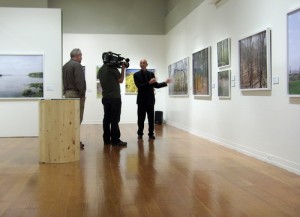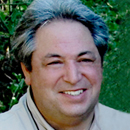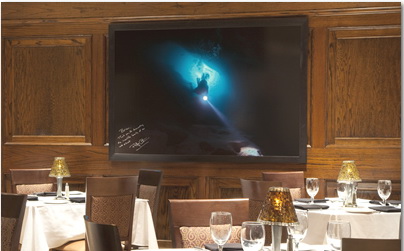Professional Photographers of America (PPA) is inviting members of the public to come view 2,300 of the world’s best photographs in the International Print Exhibit that will be held in conjunction with Imaging USA Conference and Trade Show Jan. 10-12 at the Gaylord Opryland Resort and Convention Center in Nashville, TN.
“The International Print Exhibit is perfect for the artistic at heart,” says Jim Dingwell, coordinator of PPA’s Exhibitions Committee. “For professional photographers, it’s one of the best places to get inspired to try a new pose or filter or be reminded of why they first loved the medium.”
The images that will be displayed come from around the world and are largely from PPA’s annual International Photographic Competition, including all of the images from the 2009 PPA Loan and General Collections. Loan Collection images will travel to different photographic conventions around the world, but the Gaylord Resort and Convention Center is the only place where all of the collections can be viewed in one place.
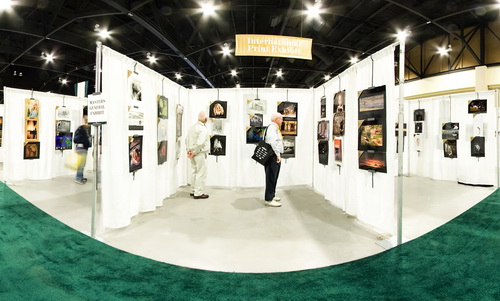
“For people in the Nashville area, this is not only a unique opportunity to see amazing art, but also to get a glimpse into our cultures and trends through the eyes of professional photographers, as well as an inside view into the elements that make these images the best in the world,” says Helen Yancy, chairperson of the PPA’s Photographic Exhibition Committee. “For all we know, the next Ansel Adams or Anne Geddes is represented here.”
The International Print Exhibit will be free and open the public in the Ryman Exhibit Hall B6, Level 0 of the Gaylord Opryland Resort and Convention Center.
LexJet congratulates all of our customers whose prints will be on display at this extraordinary exhibition!
We agree with the PPA that entering print competitions can be an excellent way for photographers of all levels to continue to improve their art. Click here to read more about PPA’s International Print Competitions.
Imaging USA, which began in 1880 as the annual convention and trade show for PPA, is the longest running national photographic convention, expo, and exhibition in the US. Imaging USA is presented by an alliance of PPA, the Society of Sport and Event Photographers, Commercial Photographers International, the Stock Artists Alliance, and Evidence Photographers International Council (EPIC).




